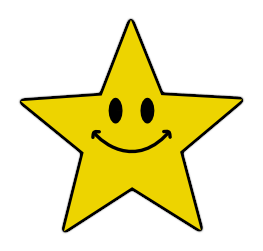I wanted to share with you what happened after they had their outdoor reading time. It was fabulous. Check out that photo below. Doesn't that make you want to sit and join? What an amazing invitation for learning! The mats can be found at Dollarama. Each one fit 3-4 students.
Seriously....I'm on my way to buy some (any excuse to shop at Dollarama - ha!).
With intentional thought around the transition from reading time to this activity, they continued walking in their train and went right around the circle. Each student stood in front of a clipboard (not their own...just whichever one was in front of them). This allowed for a seamless transition. (LOVE that! Not always an easy task ;)
Once everyone had a spot, the educators began to deliver an explicit math lesson. Not gonna lie....I was caught off guard. I was expecting a group discussion, something specific to nature - but nope :) These educators went right into a math lesson. The students explored concepts of size: shorter, longer, size in relation to another object....it was a beautiful thing. The first challenge was to take their name stick (a tongue depressor that they use for spacing when writing) and find something that was smaller than it. When they returned to the circle (with their object) they found their correct spot and recorded their findings (note: the educators also gave the students very little direction for this. They challenged them by saying "How could you record your findings?" They didn't tell them to write a sentence, draw a picture, use labels. It was open). The lesson went on to ask the students to find something longer than their name stick.

They wrapped up the lesson by provoking the students to think about why student A's object might be longer than the stick, yet shorter than student Bs object. How can something be "longer than" and "shorter than" at the same time? GREAT QUESTION :) I am sure that I could see the wheels spinning and their brains growing as they thought about that!
As I stood there watching I was struck at how reflective and intentional these educators were to use the outdoors as a tool for learning. This lesson could easily have been done indoors, but by taking it outside the behaviours decreased, and the engagement increased. As the educators and I had an opportunity to observe and reflect they were struck by one student in particular. This learner struggled to engage in mathematics learning. It didn't interest him, and as a result his behaviours often escalated during this time. But here he was, so engaged in the task that he wasn't distracting by anything around him. He was laying on his tummy and carefully recording his findings on his paper. This was a significant learning moment for this child. Can anyone relate? Can you think of a student who struggles to engage? Give it a try...take the lesson outside, and see what happens :)
 |
| note: this is not the child mentioned above LOL, just a great shot of an engaged learner :) |
Talk again soon ,
Carly



















